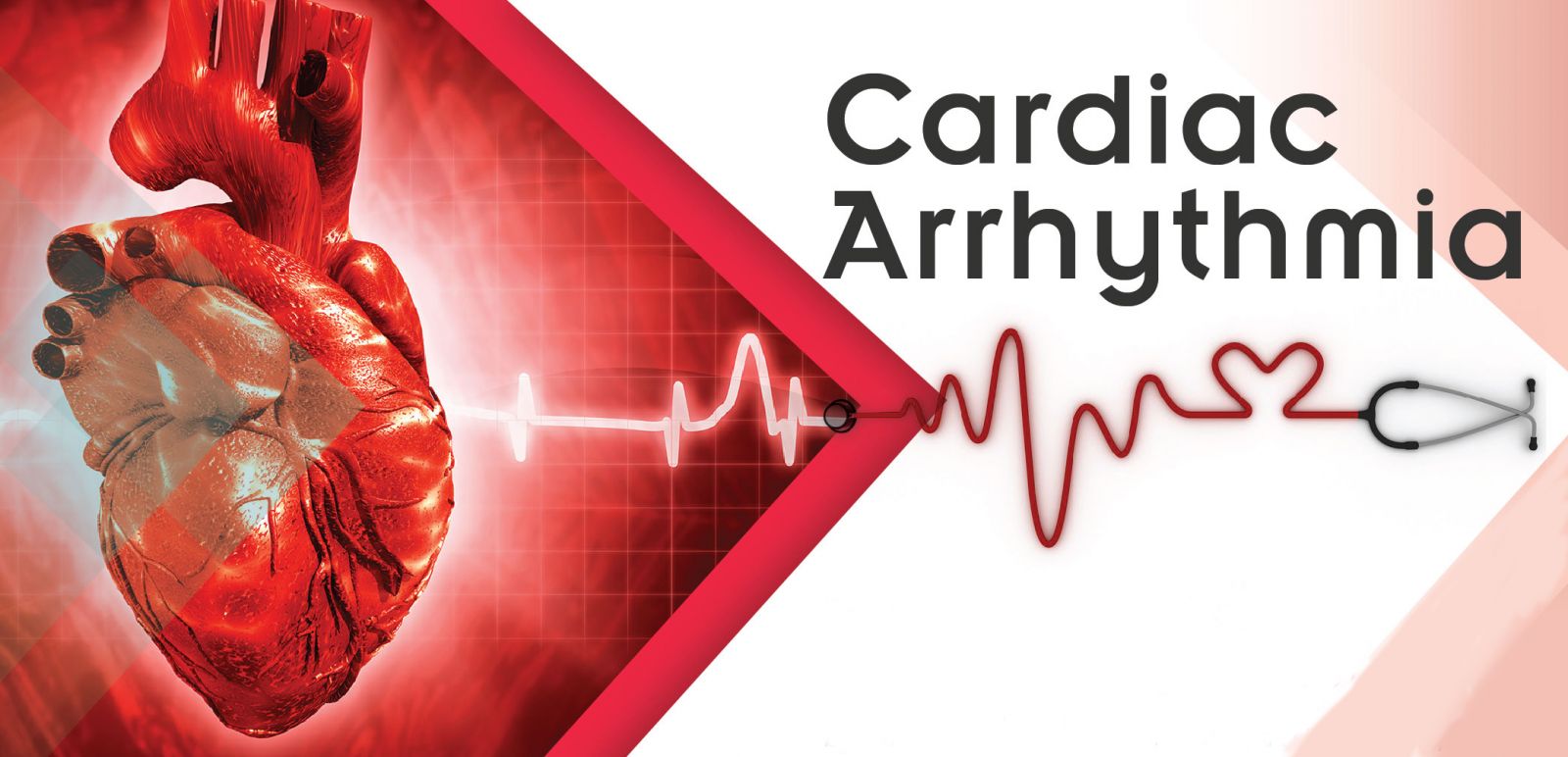Source: Thailand Medical News Jan 21, 2020 5 years, 10 months, 4 weeks, 18 hours, 13 minutes ago
Approximately 31 million people worldwide suffer from
heart failure, with more than 50 per cent dying suddenly most likely due to the spontaneous onset of a
heart rhythm problem, known as an
arrhythmia. The link between the electrical signal that triggers the
heart cell to contract (action potential) and consequent ability of the
heart to pump blood has been known for nearly 40 years but understanding how and why the
heart's electrical
rhythm becomes disturbed has remained a major research problem.

New research has shown that by changing the time course of voltage change early in action potential it is possible to both withhold a potentially lethal electrical disturbance and improve the strength of cardiac contraction in
heart failure at the same time.
The novel research led by the University of Bristol and funded by the Medical Research Council (MRC) is published today in the
Proceedings of the National Academy of Sciences (
PNAS).
It has been observed that at the cellular level, an identified initiator of
cardiac arrhythmias are early after-depolarizations (
EADs), but the cellular trigger for
EADs in
heart failure is unclear.
EADs occur during the repolarization phase of the
cardiac action potential (AP) where several ionic currents interact to control repolarization.
EADs may be produced by reactivation of ionic currents during AP repolarization when the potassium currents forming the "repolarization reserve" are insufficient to maintain the repolarization trajectory of the AP, although why this should occur spontaneously within a steady train of APs is uncertain. Spontaneous calcium (Ca
2+) waves inside the cell have also been implicated in
EAD generation, but it is unclear how such waves might be initiated.
The research has shown that the reduction in synchronous Ca
2+ release early in the AP of failing heart muscle cells promotes the appearance of "late Ca
2+ sparks" (microscopic Ca
2+ release events) which can propagate, forming Ca
2+ ripples and waves. These, in turn, produce an inward sodium-calcium exchange current which opposes AP repolarization. Restoration of AP phase 1 repolarization improved Ca
2+ release synchrony and reduced late Ca
2+ spark rate, suggesting an entirely new approach to reducing the risk of sudden death in
heart failure.
"Our findings suggest that new therapies should be developed with the aim of improving early Ca
2+ release by restoring AP phase 1 repolarization and/or restoring t-tubule regularity. This will reduce the risk for potentially lethal
heart rhythm problems as well as mitigating the defective exci
tation-contraction coupling seen in
heart failure. Our research proposes an entirely new approach to reducing the risk of sudden death in
heart failure and the next step will be to move towards a clinical trial of new drugs." commented Professor Dr Mark Cannell, Chair in Cardiac Cell Biology in the University of Bristol's School of Physiology, Pharmacology and Neuroscience and lead researcher, during a phone interview with
Thailand Medical News.
Reference: Ewan D. Fowler el al., "Arrhythmogenic late Ca2+ sparks in failing heart cells and their control by action potential configuration, Ewan D. Fowler, Nan Wang, Melanie Hezzell, Guillaume Chanoit, Jules C. Hancox & Mark B. Cannell " PNAS (2020). www.pnas.org/cgi/doi/10.1073/pnas.1918649117
